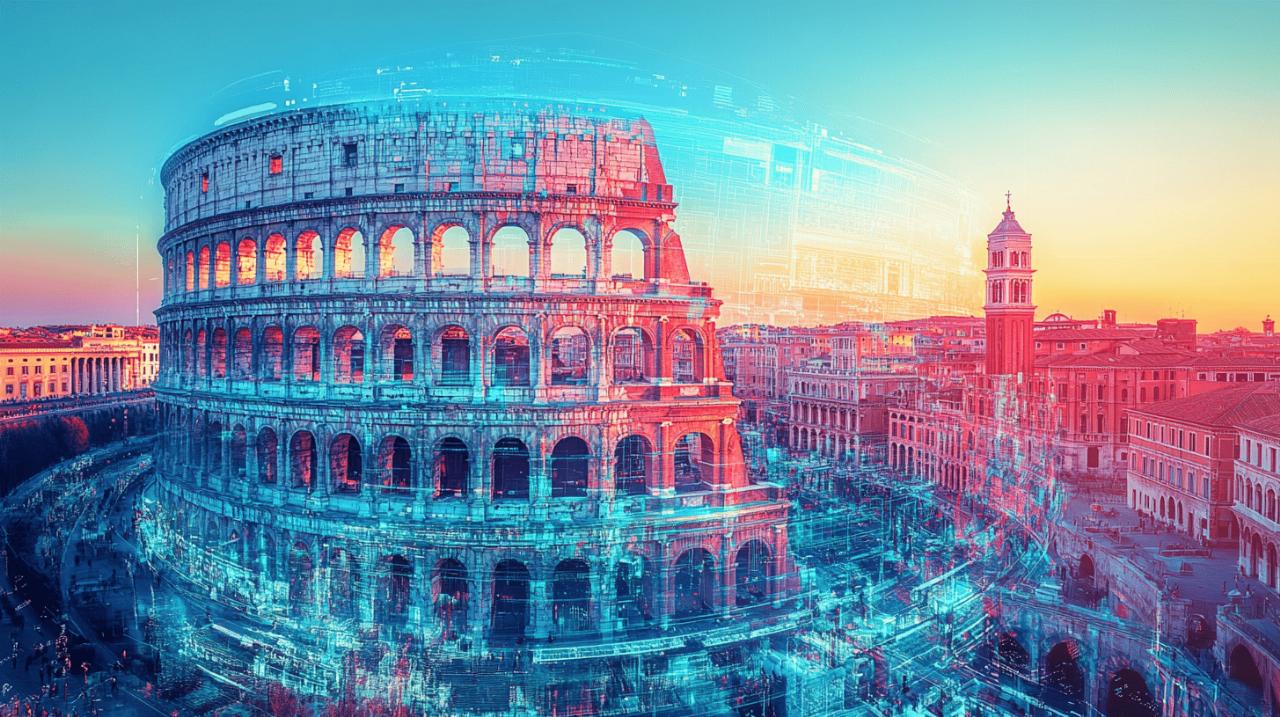Italy, a country where history, art, and culinary traditions intertwine to create an unforgettable experience for travellers, offers much more than what appears in typical tourist brochures. Whether you’re planning your first visit or returning to discover more of this captivating country, Eago-Italia brings you an insider’s perspective on what makes Italy truly special – beyond the famous landmarks of Rome, Florence, and Venice.
The rich tapestry of italian culture
Italy’s cultural landscape is as diverse as its geography, with each region fiercely proud of its unique identity. From the alpine influences of Trentino to the Greek-influenced traditions of Puglia, understanding these regional differences is key to appreciating the authentic Italian experience. What makes Italian culture so fascinating is how deeply rooted local customs remain in daily life, even in our modern era.
Regional traditions that shape italian identity
The cultural mosaic of Italy reveals itself most clearly when exploring lesser-known destinations. In Basilicata, the ancient cave dwellings of Matera tell stories of resilience and adaptation, while the trulli houses of Alberobello in Puglia demonstrate unique architectural solutions to historical challenges. These regional distinctions extend to festivals, dialects, and social customs that have evolved over centuries yet remain vibrant today.
Travelling through the Italian countryside reveals how geography has influenced cultural development. The mountainous terrain of Val di Non in Trentino has fostered communities with distinct customs, while coastal towns like Tropea in Calabria embrace traditions tied to the sea. These authentic expressions of Italian life are often best experienced in smaller communities away from tourist hotspots, where visitors can witness centuries-old traditions still practiced with genuine enthusiasm.
Art and architecture: italy’s enduring legacy
Italian art and architecture transcend the famous works housed in major museums and cathedrals. In towns like Mantua in Lombardy, Renaissance architecture creates an atmosphere where history feels present at every turn. The medieval centre of Brisighella in Emilia Romagna offers equally compelling artistic treasures without the crowds found in more famous locations.
What makes these hidden gems special is how art integrates seamlessly into daily life. In Cremona, Lombardy, the tradition of violin making continues in workshops where craftspeople use techniques passed down through generations. Meanwhile, the coastal town of Sperlonga in Lazio preserves ancient Roman sculptures in their original setting, allowing visitors to experience art in its intended context rather than behind museum glass.
A culinary journey through italian regions
Italian cuisine stands as one of the world’s most beloved culinary traditions, yet what many international visitors experience represents only a fraction of its true diversity. The regional nature of Italian cooking means that travelling even short distances can introduce entirely new flavour profiles, cooking techniques, and signature dishes. Understanding this regional approach to food is essential for any culinary tourism experience in Italy.
Beyond pizza and pasta: local specialities worth discovering
Northern Italian cuisine differs dramatically from southern traditions, with butter replacing olive oil in many recipes and heartier dishes prevailing in alpine regions. In Piedmont, the autumn truffle season transforms local menus with earthy, aromatic dishes, while coastal Liguria offers delicate seafood preparations dressed with the region’s famous basil pesto. The Emilia-Romagna region deservedly claims its reputation as Italy’s food heartland, producing iconic ingredients like Parmigiano Reggiano cheese, balsamic vinegar from Modena, and prosciutto di Parma.
Southern regions present equally compelling culinary landscapes. Naples may be famous for pizza, but the surrounding Campania region offers remarkable diversity, from seafood along the Amalfi Coast to robust mountain dishes inland. Calabria introduces spicy peperoncino to many dishes, while Puglia celebrates simple preparations highlighting exceptional olive oil. For travellers seeking authentic food experiences, participating in cooking classes, visiting local markets, and dining at family-run trattorias provides deeper insight than restaurant meals alone.
The italian food philosophy: from farm to table
The essence of Italian gastronomy lies not merely in recipes but in a comprehensive approach to food that prioritizes seasonality, locality, and tradition. This philosophy found formal expression through the Slow Food Movement, founded in Bra, Piedmont during the 1980s as a response to fast food culture. Today, this movement continues to champion food biodiversity and traditional knowledge across Italy and beyond.
Italian dining etiquette reflects these same values. Meals unfold at a leisurely pace, with distinct courses served in a specific order. Morning cappuccinos give way to quick espressos after noon, and modifications to traditional recipes are generally discouraged. Visitors who respect these customs often find themselves welcomed more warmly into authentic dining experiences. Food festivals throughout the country provide another window into local culinary traditions, from Taste in Florence to Vinitaly in Verona, offering opportunities to sample regional specialities while engaging with producers who maintain these treasured culinary traditions.

